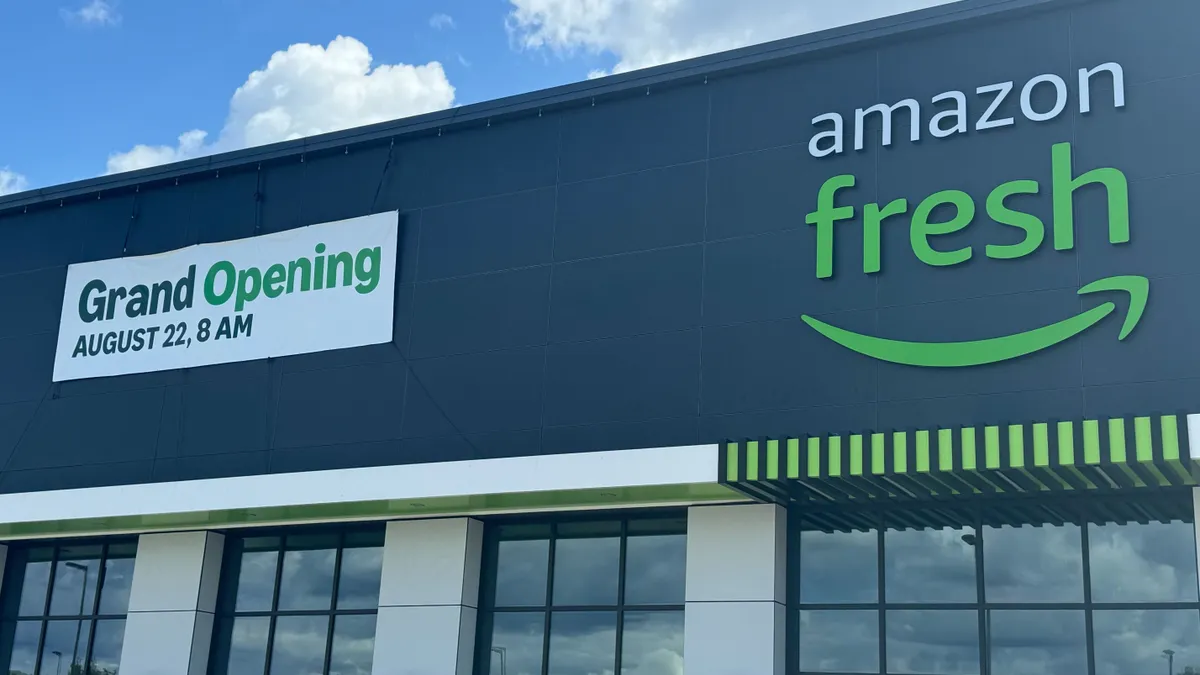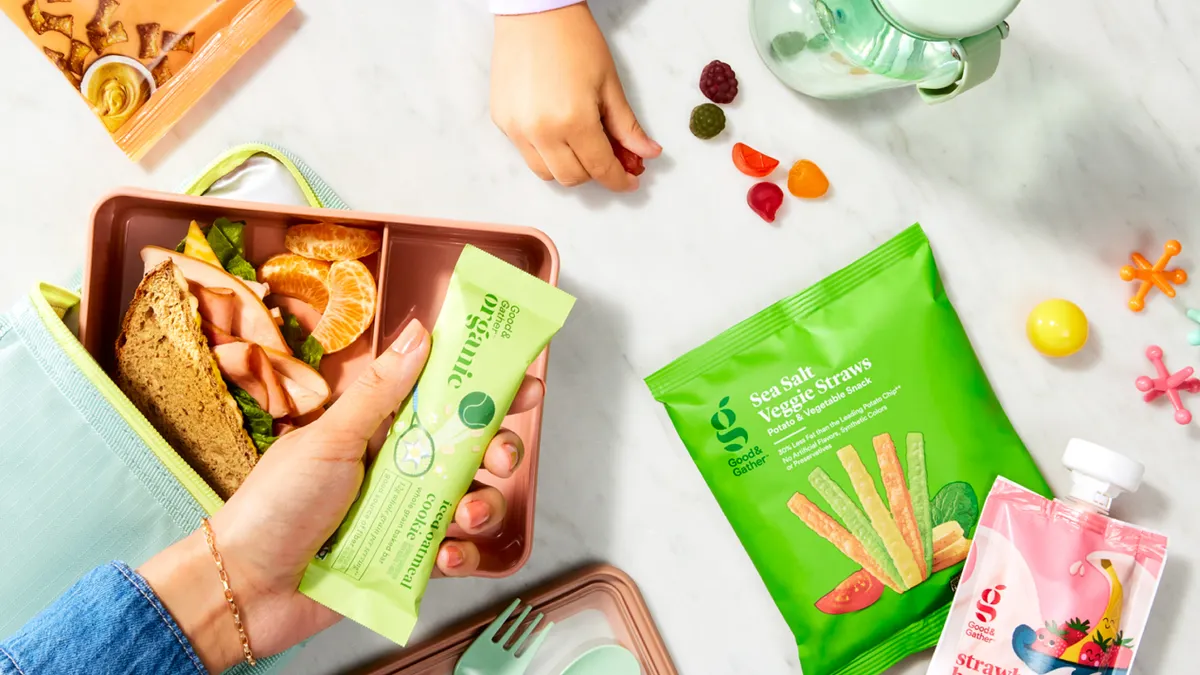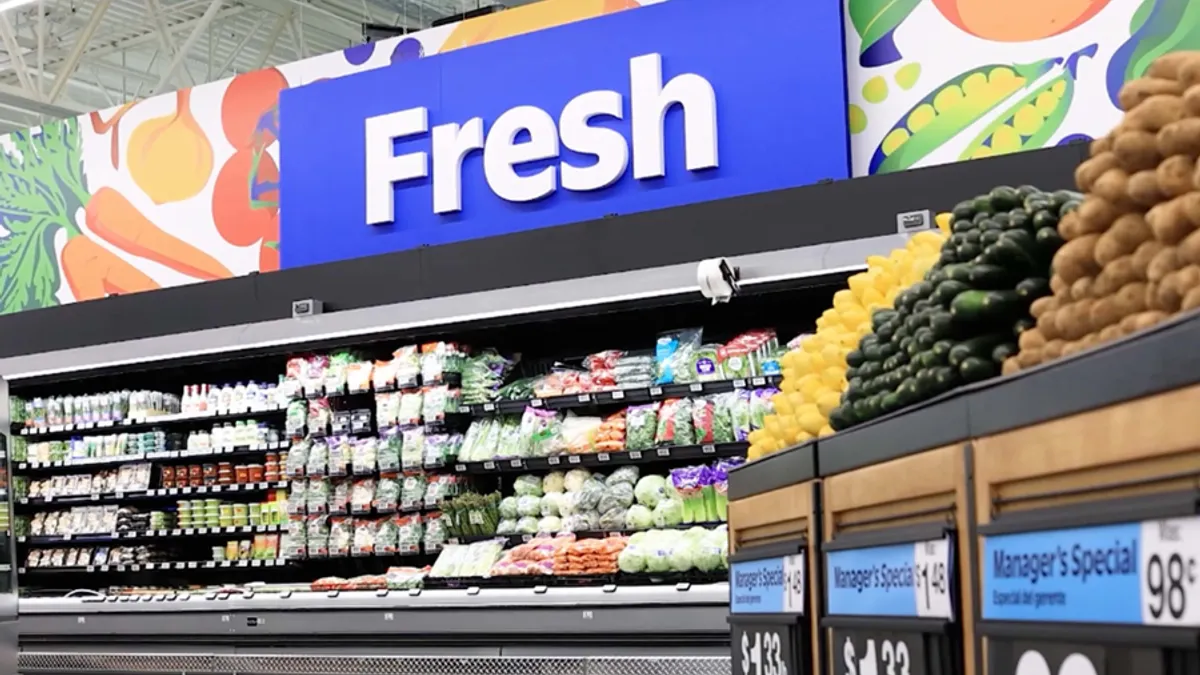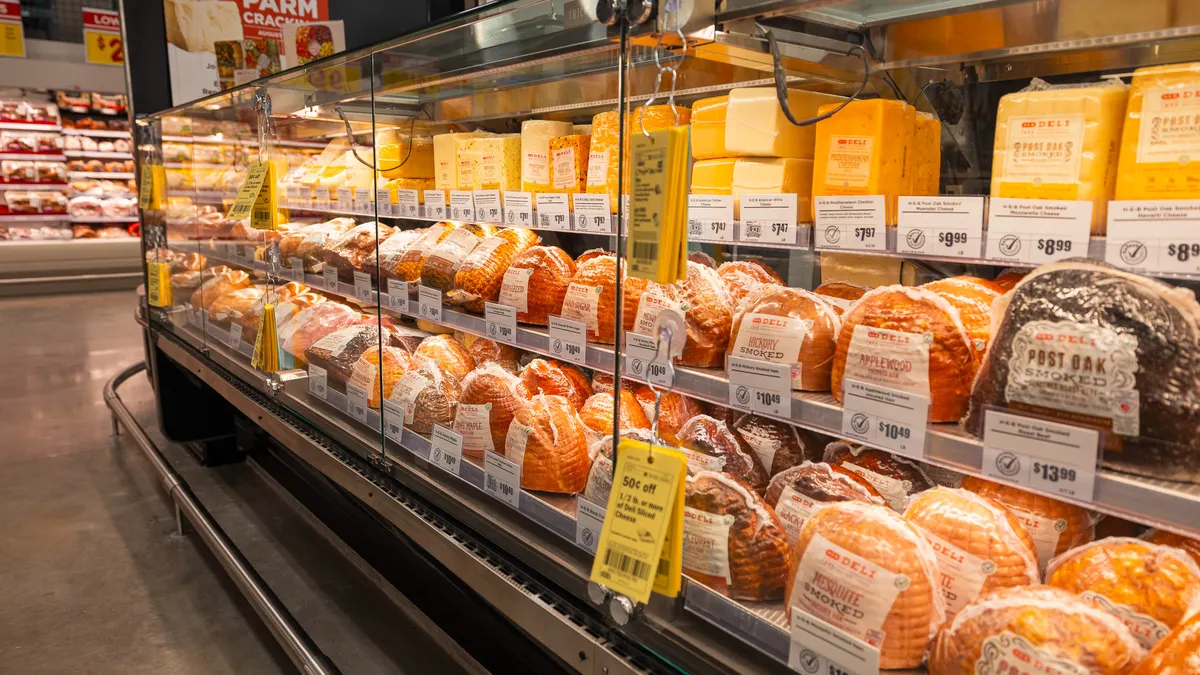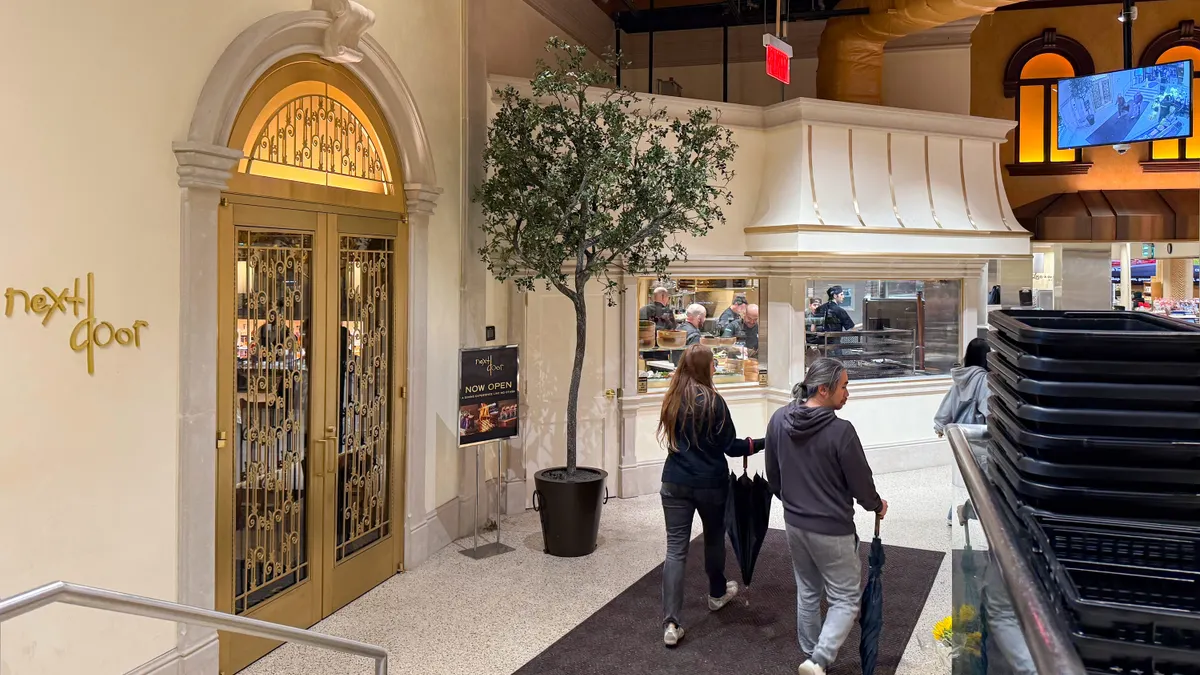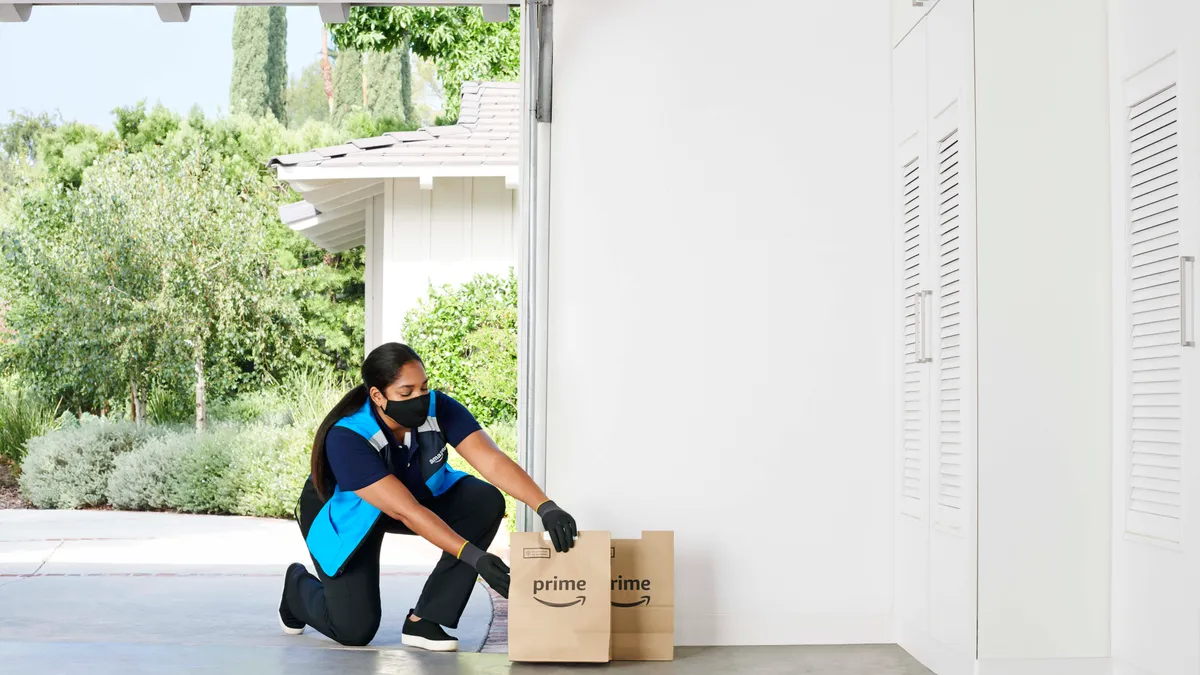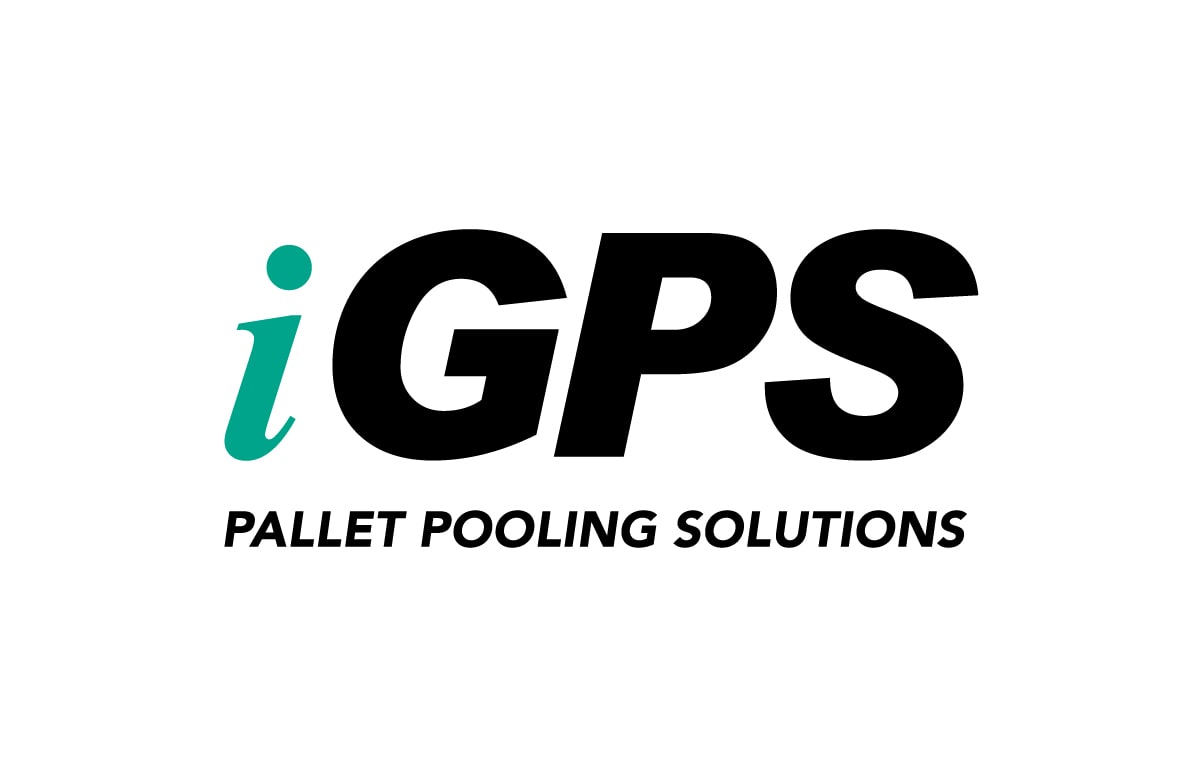Peter V.S. Bond is founder and co-host of “The CPG Guys” podcast.
The worst-kept secret in Amazon’s success formula is its powerful and deep inventory of product ratings and reviews that contribute to SEO and influence both glance views and conversion.
This user-generated content (UGC) builds trust and confidence in products significantly more than any brand-generated images or copy ever will because consumers understand that the content has been generated by other shoppers who have tried the product. Recent research by Profitero shows that the single biggest driver of SEO on Walmart.com is reviews volume.
A few years ago, Amazon opened a physical store in Lower Manhattan named Amazon 4-Star with products, excluding its private label brands, rated four stars and higher by its shoppers. The company even went so far as to include electronic shelf labels (ESLs) displaying real-time user-generated content in the form of average star ratings and review counts to help inform consumers of what other consumers thought of these products.
The purpose of this was never to create any specific store format, but to test whether presenting trust cues in physical retail would drive sales regardless of how bizarre the assortment appeared to be.
How do we know that it worked? First, some six months after opening the store, Amazon began retrofitting all of its bookstores with ESLs displaying star ratings and review count for products in those stores. Amazon also quietly introduced ESLs into its Amazon Fresh stores.
Those tags display more than just the product name, size and price. They contain Amazon’s secret sauce: UGC. With the exception of produce, just about every other item in the store, including center store consumables and even fresh seafood, prominently display UGC generated by Amazon’s shoppers. Now shoppers can both physically handle the product and see in the ESL display that other consumers have tried the product and liked it.
Amazon’s private label brands, including newly announced Aplenty, are poised to benefit the most from this in-store content. A 2018 research study by Magid tells us that nothing drives conversion to private label better than customer reviews because they directly address the biggest obstacle: quality considerations. Once people trust the quality of private label, low pricing is the final push to convert shoppers.
By most accounts, e-commerce adoption has accelerated five to 10 years in the span of 12 months. Consumers exposed to the online shopping experience have been presented with a wealth of product content not readily available in a physical store environment. Want to find products with quinoa? Just enter it in the search terms. Care to filter for products with non-GMO ingredients? Use one of the handy product filters.
Consumers returning to physical stores are now aware of the vast content available to inform purchase decisions. When they enter stores, they bring with them powerful on-demand research devices called smart phones. Other research shows that when consumers are in physical stores and seek information about products they are considering, if they cannot find it at the shelf, they will open their phones and first visit Amazon.com and next visit Google.com.
Winning in-store search 60% of the time is still not enough for Seattle’s premier omnichannel retailer. They are taking a page from their digital success to ensure that they drive growth in physical stores.
Grocery retailers have been extremely slow to adopt the use of product ratings and reviews. Among the major national grocery retailers only the Ahold Delhaize banners, H-E-B and Wegmans collect and display ratings and reviews. Walmart and Target have also been doing it for years, but they have pockets of weakness, notably perishable categories where little to no content exists. By not adapting to in-store content, grocers stand to lose out on private label sales and deepened shopper engagement.
UGC is Amazon’s strong suit, and the retailer can exploit the lack of its widespread adoption in the grocery industry to win in physical retail. As other grocery retailers focus on digital commerce, they should start building a UGC strategy if they hope to take on the Seattle juggernaut, which is trying to outflank them in physical commerce.







